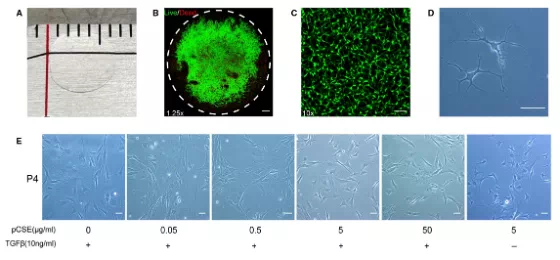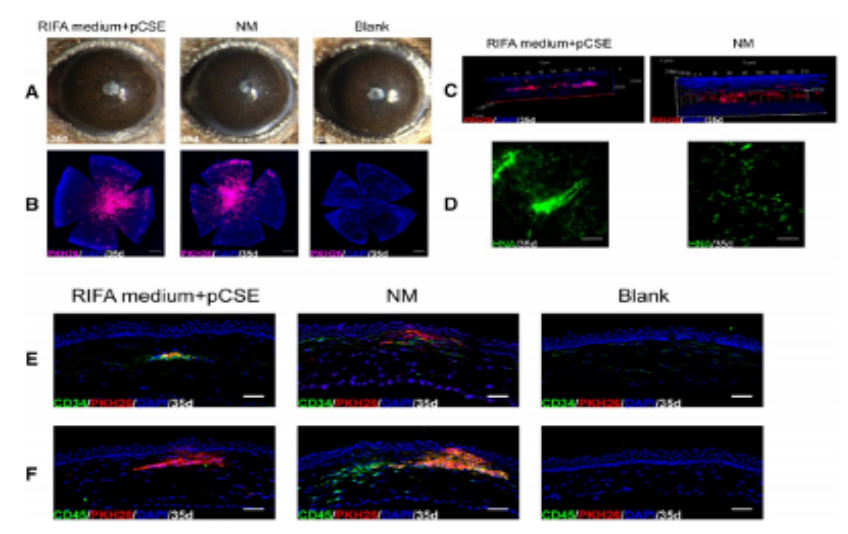JCMM : “From Trash to treasure”
Recently, Professor Jiansu Chen, Deputy Director of the AIER Eye Institute, and his research team published an article "Effect of porcine corneal stromal extract on keratocytes from SMILE-derived lenticules" in the International Biomedical Journal 《Journal of Cellular and Molecular Medicine》( referred to as JCMM)(IF:4.486)

The study found that the human corneal stromal cells (referred to as hCSCs) cut from the SMILE surgery can be reused, turning waste into treasure, which will benefit us a lot. The separated hCSCs were cultured in the medium of porcine corneal stromal extract and low concentration of fetal bovine serum (0.5%).
The number of hCSCs could be expanded and their physiological phenotype could be maintained at the same time, it would not cause cell fibrosis. Besides, it also enhanced keratocyte growth and reduced the apoptosis rate of the hCSCs. These characteristics are beneficial to the culture of hCSCs in vitro while maintaining the physiological quality of their phenotypes is necessary for their application in cell therapy. The hCSCs comes from the corneal stromal layer, it ensures that pure native hCSCs can be harvested while avoiding contamination by corneal epithelial and endothelial cells.

In addition, in this study, hCSCs obtained in vitro were transplanted into the corneas of mice which can survive for a long time. The corneal thickness of the recipient was not affected, without causing corneal haze and host inflammatory response in vivo as well. Clinical studies have demonstrated that it has the potential for clinical cell therapy and can be reused as scaffolds for tissue engineering in the future.

This study took AIER School of Ophthalmology Central South University and AIER Eye Institute as the main research platform. The corresponding author of the paper was Professor Jiansu Chen, Deputy Director of AIER Institute of Ophthalmology, and the research performance and manuscript writing was by Shenyang Li, PhD student of AIER School of Ophthalmology.
This study was supported by the National Natural Science Foundation of China , Science and technology project of Changsha, Hunan and Science Research Grant of AIER Eye Hospital Group, China.
